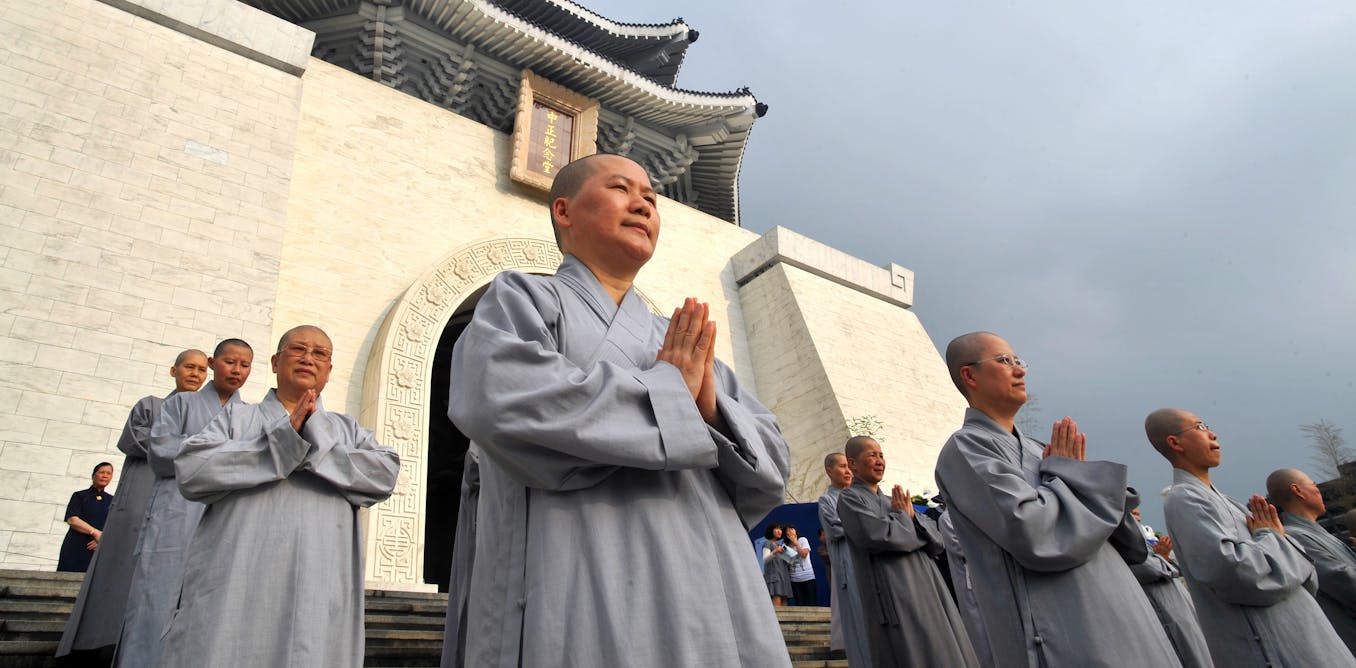by JUE LIANG

In recent years, many Buddhist nuns have taken on leadership roles that require either ordination status or academic degrees, all of which was quite unheard of in Buddhist monastic traditions in the past.
However, this change has also met with much resistance, as traditionally Buddhism has allowed only men to serve in these roles. The early Pali Vinaya texts in the Buddhist canon recount how Buddha thrice rejected the request of his foster mother, Mahaprajapati, to be ordained, before his disciple, Ananda, persuaded him to accept women into the monastic body.
Ananda had to make two arguments for his case: an emotional one – that Mahaprajapati had been kind to the Buddha and raised him – and a logical one – that women, too, had the potential to become enlightened.
Even so, the Buddha stipulated an extra set of rules – the Eight Heavy Rules, or gurudharma in Sanskrit – that effectively placed the nuns under the supervision of monks. These rules have formed a crucial part of the Buddhist discourse on women’s status.
As a scholar of Buddhism with a focus on gender, I have been closely following the debates over women’s leadership. Nuns in virtually all Buddhist traditions, from Sri Lanka, Tibet and Nepal to Thailand, are becoming equal members in the sangha, or the Buddhist community.
Ordination and opportunities
The Buddhist monastic community is divided into a fourfold system of novice monks, novice nuns, fully ordained monks and fully ordained nuns, each with a set of precepts, or vinaya, that they need to follow.
Of the three major Buddhist monastic traditions – Theravada Buddhism in Sri Lanka and Southeast Asia, Mahayana Buddhism in East Asia and Tantric Buddhism in Tibet and the Himalayas – a continuous lineage of fully ordained nuns is found only in the East Asian Mahayana tradition.
The Conversation for more
